
Final MH370 report outlines extraordinary search effort.
Oct 03, 2017
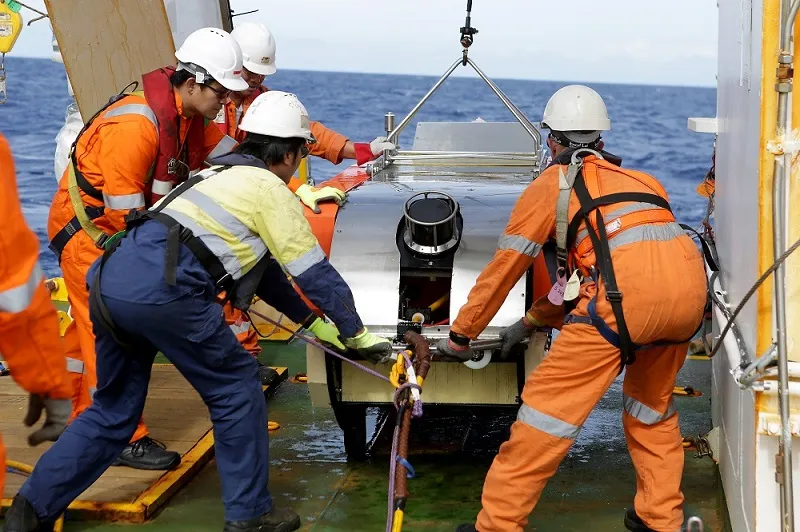
The final report on the search for Malaysia Airlines Flight MH370 details an extensive and unprecedented effort to locate the missing aircraft, which disappeared in March 2014. Over several years, a multinational team conducted a thorough investigation and a massive underwater search across thousands of square kilometers in the southern Indian Ocean, using advanced technology and deep-sea vehicles. Despite the exhaustive search, only a few pieces of debris were recovered, leaving many questions unanswered. The report emphasizes the challenges faced during the operation and the dedication of the teams involved, while also highlighting the need for improvements in future aviation safety protocols.
Overview of the Final MH370 Report
The final report on the disappearance of Malaysia Airlines Flight MH370 has been released, detailing the extensive search efforts that spanned several countries and oceans. This report not only highlights the "extraordinary search effort" but also emphasizes the challenges faced by search teams in locating the aircraft. The disappearance of MH370 on March 8, 2014, remains one of the greatest mysteries in aviation history, prompting a worldwide response in terms of resources, technology, and expertise.
The Search Operation: A Global Endeavor
The search for MH370 involved numerous countries, showcasing international collaboration at its finest. The operation encompassed a vast area of roughly 120,000 square kilometers in the southern Indian Ocean. The search teams utilized advanced technologies and methodologies, including satellite data analysis, underwater sonar scanning, and aerial surveillance.
Search Technologies Employed
Several key technologies played a crucial role in the search efforts. The following tools were extensively utilized:
| Technology | Purpose |
|---|---|
| Satellite Imagery | Tracking potential debris and determining search areas |
| Sonar Scanning | Mapping the ocean floor to locate wreckage |
| AUVs (Autonomous Underwater Vehicles) | Conducting deep-sea searches without human intervention |
| Surface Vessels | Monitoring debris and conducting search operations |
Challenges Faced During the Search
The search for MH370 was not without its difficulties. Factors such as unpredictable weather conditions, vast search areas, and the depth of the ocean presented significant challenges. The report highlights how these challenges affected the search timeline and efficiency, leading to frustrations among the families of the passengers and crew, as well as the search teams.
Another major obstacle was the lack of concrete evidence regarding the aircraft's final location. Despite the advanced technologies used, the search teams faced difficulties in pinpointing exact coordinates, resulting in "frustrating delays" and extensive resources being allocated without substantial results.
International Cooperation and Funding
The search for MH370 was not just a technological challenge but also a logistical one. Countries such as Australia, China, and Malaysia were at the forefront of this effort, contributing resources and expertise. The report outlines the financial commitments made by various governments and organizations to fund the search operation, which exceeded hundreds of millions of dollars.
This level of investment underscores the global significance of the incident and the commitment to resolving one of aviation’s most perplexing mysteries. The collaborative efforts demonstrated by these nations reflect a unified approach to aviation safety and crisis management.
Findings of the Final Report
The final report presents a summary of findings from the extensive search operation. Some of the key points include:
- The search area was based on satellite communications and data, which indicated the likely flight path of MH370.
- Despite extensive searches, only a few pieces of debris have been recovered, with confirmed links to MH370.
- The report emphasizes the need for improved tracking technologies and protocols for commercial aircraft.
Future Implications for Aviation Safety
The findings of the final MH370 report have far-reaching implications for the aviation industry. It highlights the necessity for advancements in tracking systems to enhance safety and ensure that similar incidents do not occur in the future. Key recommendations include:
- Implementing real-time tracking systems for commercial flights.
- Enhancing communication systems to maintain contact with aircraft in distress.
- Conducting regular training exercises for search and rescue operations to prepare for future emergencies.
Conclusion
The extraordinary search effort for MH370 serves as a testament to human determination and international collaboration in the face of tragedy. While the final report sheds light on many aspects of the operation, the mystery of MH370 remains unsolved. The lessons learned from this extensive search will undoubtedly influence future aviation safety measures, ensuring that the legacy of MH370 leads to improvements in technology and protocols that protect all air travelers.
```Related Articles
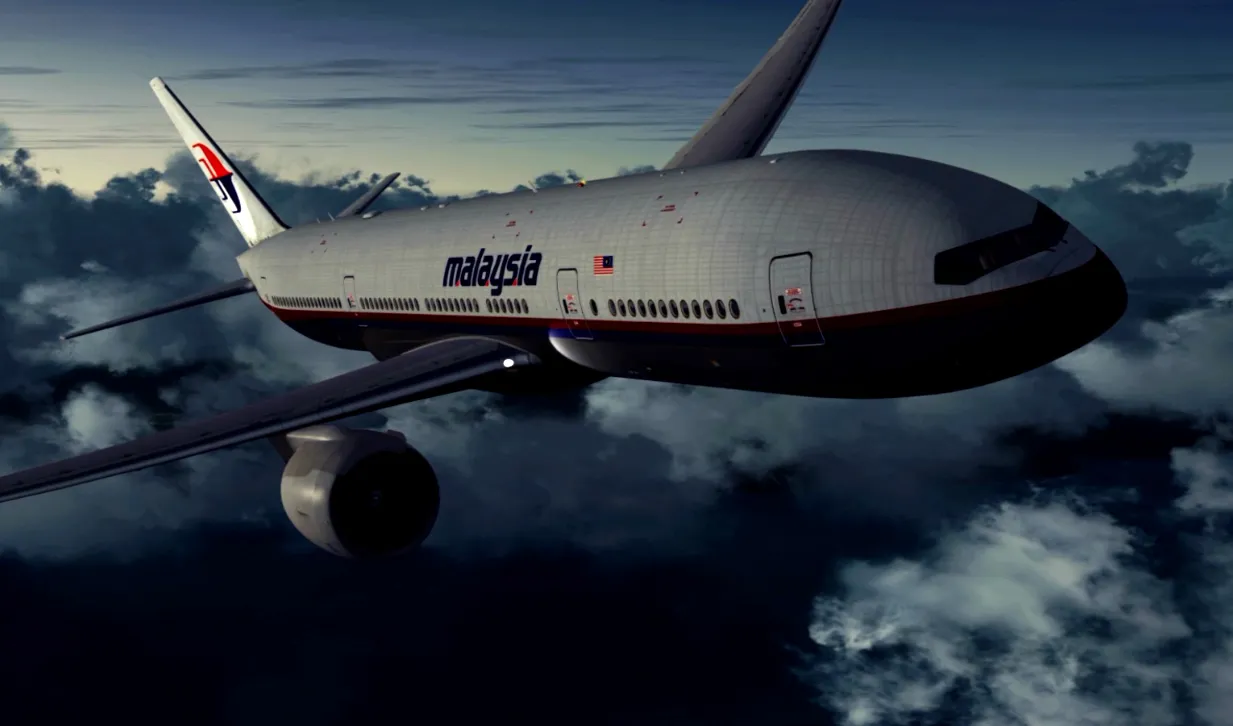
Yet more theories about MH370 debunked.

World Expert; Not finding MH370 risks more lives
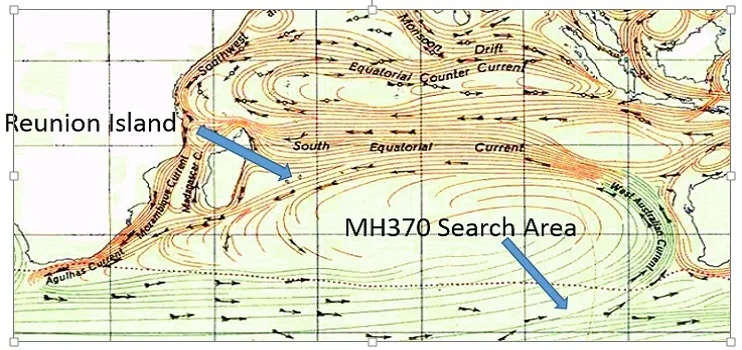
Will reverse drift modelling find MH370?
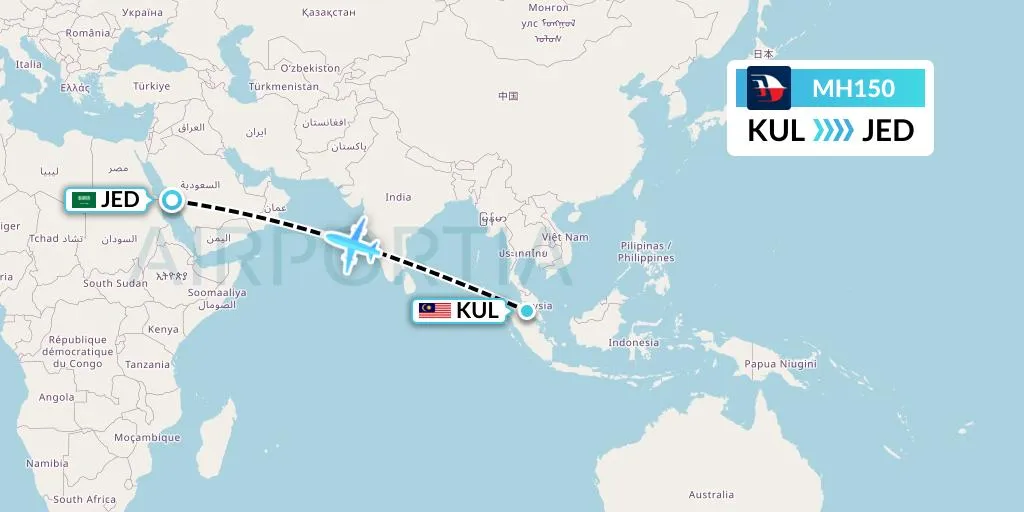
Was MH150 The Intended Target Not MH370?
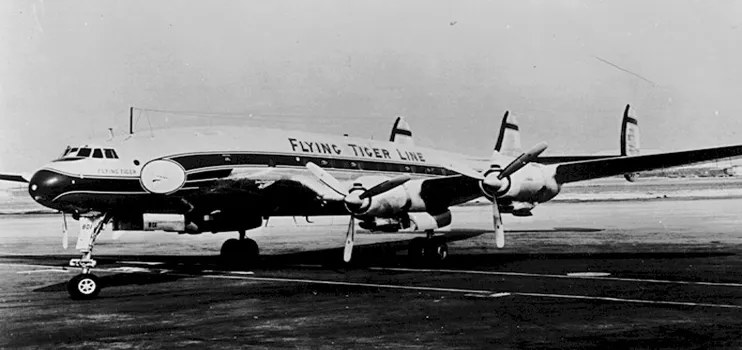
Vanished plane not without precedent
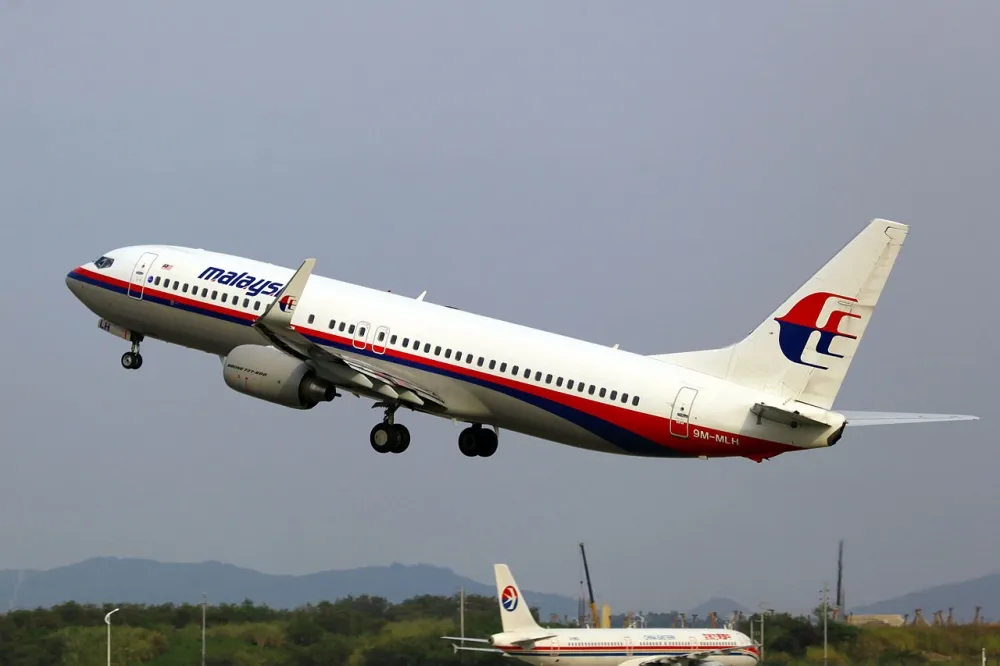
US safety veteran backs call for MH370 search to be extended.
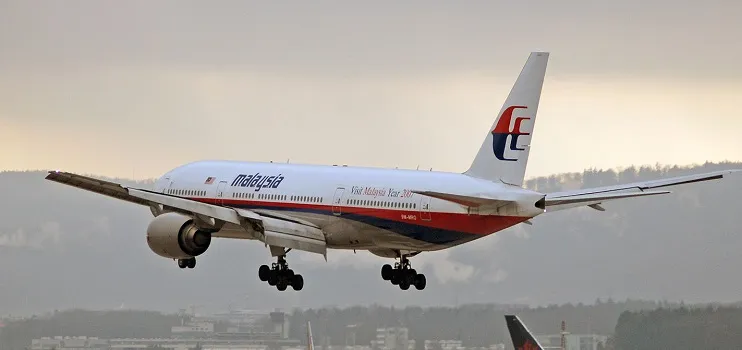
UPDATED: New MH370 study suggests it's further north
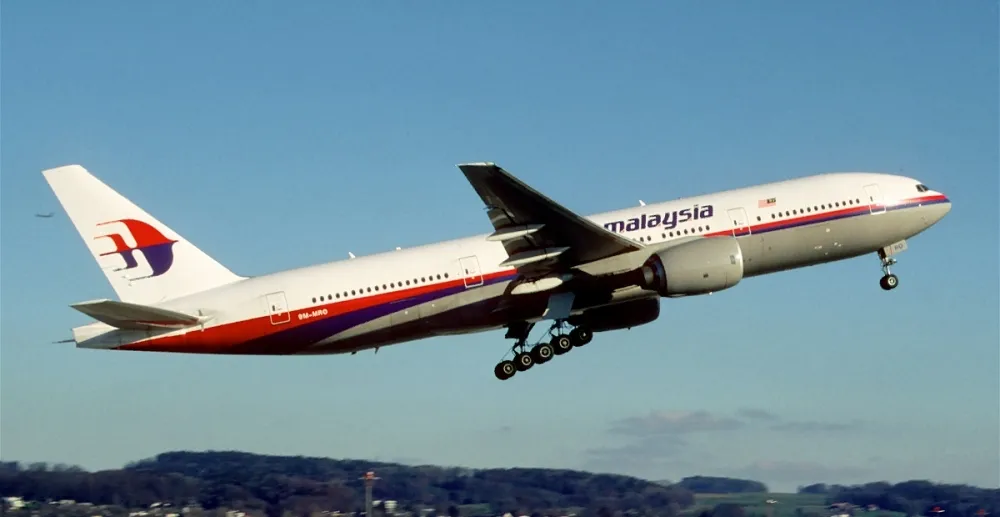
Updated: New MH370 search area not specific enough, says Minister.
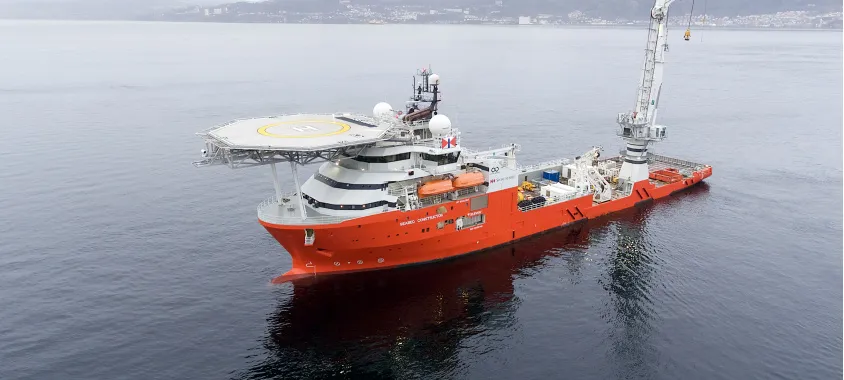
Updated: MH370 ship heads towards search area

Unprecedented MH370 findings boost pressure to resume search
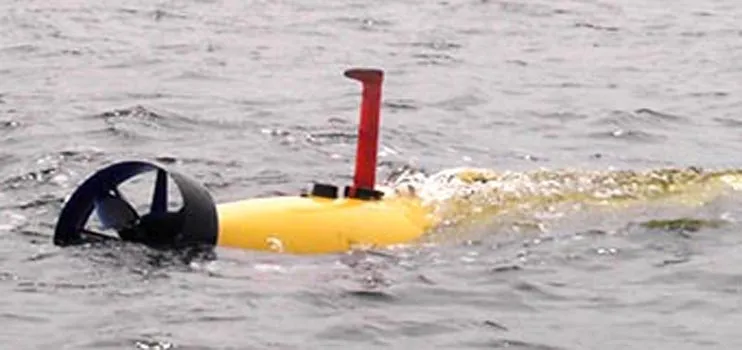
Underwater search vehicle to be deployed in MH370 search
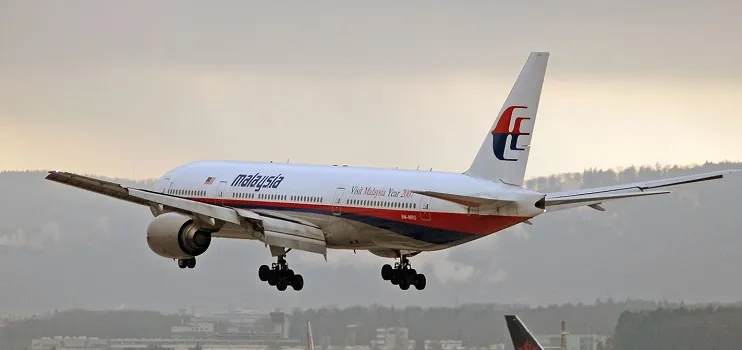
Timeline for MH370
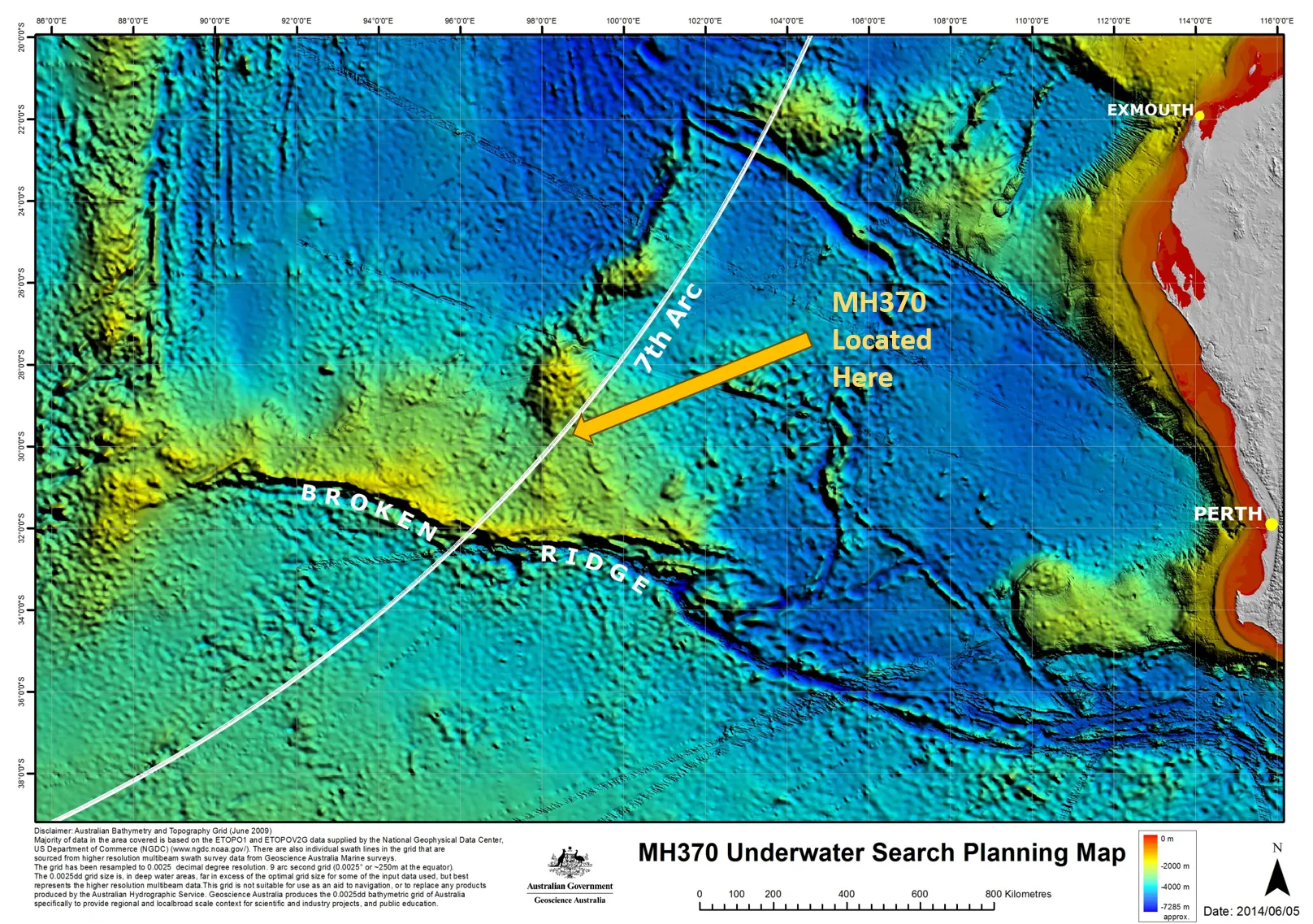
Thomas Discusses MH370 Report On Skynews
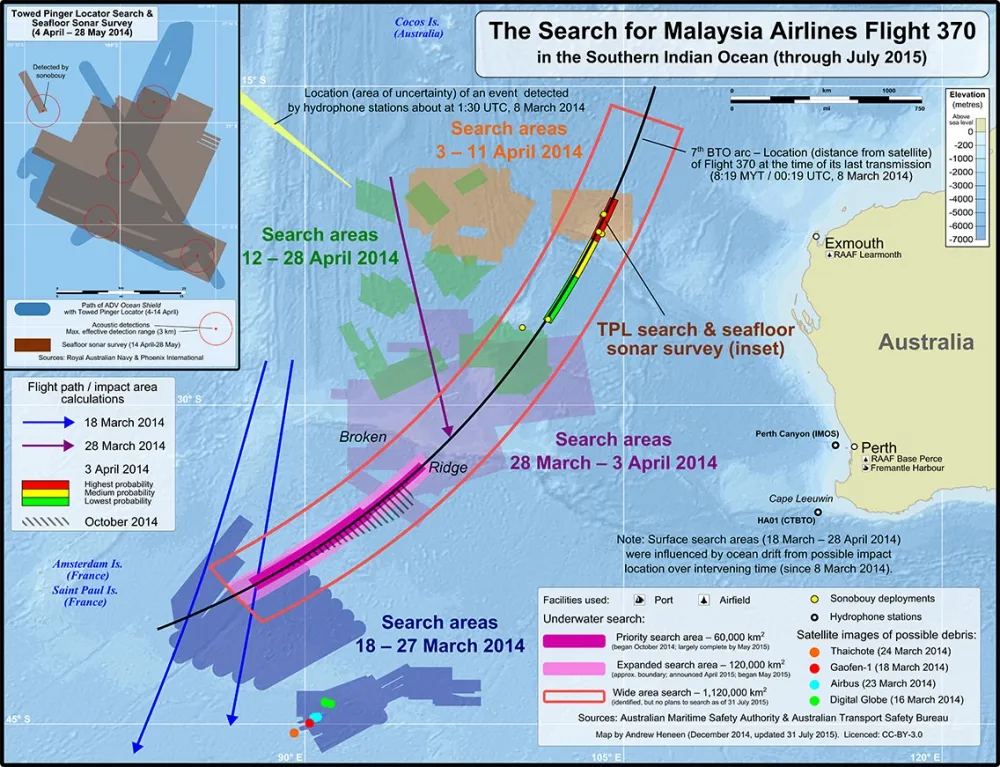
The beginning of the end of the MH370 search

Suitcase also found near piece of wing, is it from MH370?

Startling revelations demand a reopening of MH370 investigation
